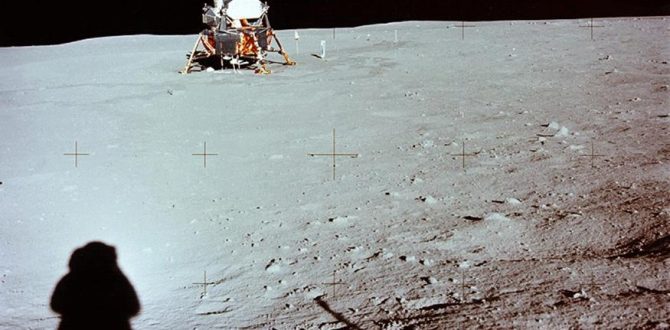Bengaluru: An experiment that seeks to find out if photosynthesis – and by extension cultivating plants – is possible on the moon has been listed for India’s first private moon mission.
This experiment, plus another one which tries out the effectiveness of a bacteria-based radiation shield, were finalised on Wednesday by a jury of three space-science experts that decided the payloads to be sent up on the lunar mission of ‘Team Indus’ which plans a rover to the moon by end-2017.
Team Indus is readying its rover named ‘Eca’ (short for Ek-Choti-si-Asha or One Small Wish/Hope in Hindi) to the moon, as it is among the five short-listed private companies to send a rover. It had called for applicants from across the world on what experiments can be sent up on its rover.
The experiment on how effectively a radiation shield will work was mooted by a team from Italy — Team Space4Life — that comprises two teenagers (16- and 18-year-olds) and a 22-year-old from Naples. Team Indus will fund the building of this payload.
Their team has spent sleepless nights getting its payload project together. Their cyano-bacterial radiation-shield uses biomasses as a shield against harsh radiation.
Kasturirangan said data results from this experiment has the “potential to dramatically impact mankind.”
The second experiment on photosynthesis (the process of plants using carbon dioxide and releasing oxygen) was proposed by Team ZUI from India, comprising two siblings from Kolkata and an American collaborator.
:
:
This payload would look at whether plant life — or any cultivation — can be made possible on the moon. They will not use plants, but a prototype that simulates what a plant does. This has earlier been attempted in a low-earth orbit outside the International Space Station.
“Photosynthesis is the basis for all forms of life on earth. Our experiment will aim to see if it’s possible under hostile conditions on the moon.. I have no words to express, this experiment will land on the moon very soon,” said Team ZUI member Santosh RoyChowdhury. He and his sister Sukanya found a third collaborator Autumn Connor from the USA, when they met her at a physics forum. They are partly funded by his University, while biotech major Biocon will pay for it largely.
Eight Indian teams, two teams each from Peru and the US, one each from Spain, UK and Italy had been short-listed. The criteria for the project was that the payloads should be the size of a soda can, weighing less than 250 gms (quarter a kilo) and should be able to connect to an on-board computer on the rover.
The company had enlisted former Isro chairman Dr K Kasturirangan, former head of European Space Agency Alain Bensoussan and Astronomy Professor at Yale University Dr Priyamvada Natarajan for its jury to finalize the two payloads/ experiments to be carried on Team Indus’ rover.
Indus hopes to launch its lunarcraft/ rover on Isro’s PSLV rocket by December. It will take approximately five to 21 days to reach the moon (depending on the distance at the time of launch). Among Indus’ funders are Ratan Tata and Kiran Mazumdar Shaw, while Shaw’s biotech company Biocon will fund Team ZUI’s payload.






